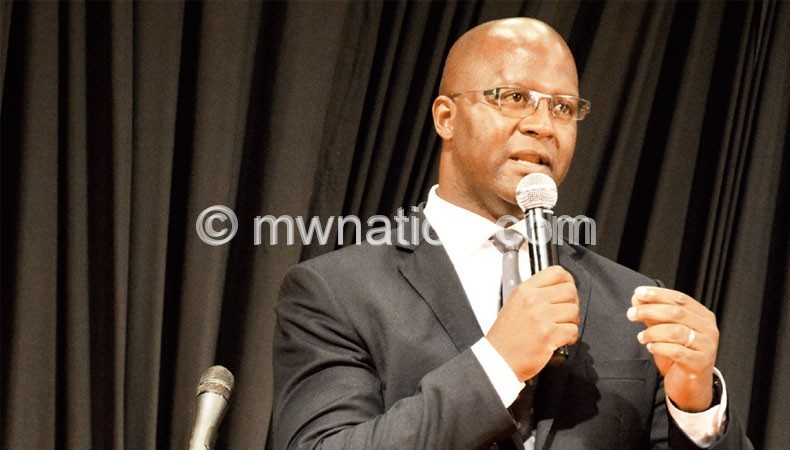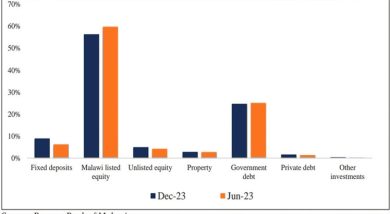Malawi makes case for PPP in energy sector
Malawi has said energy, being a critical sector in economic development, requires Public Private Partnership (PPP) model to ensure its sustainability.
All over the world, experts say the PPP model of economic development has helped in areas of infrastructure development, among others, and that the energy sector could also take that route to develop.

Minister of Natural Resources, Energy and Mining Atupele Muluzi said with the current suppressed electricity demand in Malawi at 400 megawatts (MW) against an installed capacity of 351 MW, PPPs could offer a solution in terms of increasing generation capacity.
Figures forecast that demand for electricity will be 420 MW in 2015, 1 000 MW in 2020, 1 750 MW in 2025 and 2 550MW in 2030 under moderate growth scenario.
“Energy is very critical for any meaningful economic development. Sustainable development will require energy and huge amount of energy. In sub-Saharan African, there is always unfulfilled demand in the energy requirement, be it for domestic consumption or industrial development,” he told a forum on South-South Cooperation for Sustainable Development in South Africa last week.
Muluzi said to reach the generation capacity of 2 550 MW by 2030, the country needs about $7 billion (K3.6 trillion), an investment that could require huge investments in partnership with the private sector.
Breaking down the investment sharing, he said both Independent Power Producer (IPP) and PPP could contribute 60 percent of investment or $4.2 billion (K2.1 trillion), government and Electricity Supply Corporation of Malawi (Escom) 20 percent or $1.4 billion (K721 billion) and donor capital of 20 percent or $1.4 billion (K721 billion) of the total investment.
“It is, therefore, recommended that in building capacity for PPPs, we shall need strong regulations and laws to support the framework under which PPPs can operate on capacity development in the training institutions to develop curriculum to cover issues related to PPPs
“The world is moving towards PPPs model in infrastructure development,” he said.
Muluzi said energy demand growth drivers such as mining, manufacturing, service sector and Green Belt Initiative, among others, require huge demand of power to function.
Currently, Intra Energy Corporation (IEC) under Project Pamodzi in Chipoka, Salima is in the process of establishing a coal-fired power plant to generate about 120 MW of power.
IEC will be the first operating IPP, subject to being issued a licence by the Malawi Energy Regulatory Authority (Mera).
IEC company secretary Rozanna Lee earlier said since the signing of a memorandum of understanding (MoU) with the Malawi Government in March 2013, the firm has completed technical and commercial prefeasibility studies of the project.
The company will be utilising coal from Nkhachira Coal Mine in Karonga to generate power and could also extend the project in second phase to increase generation capacity subject to future conditions of the transmission grid.





